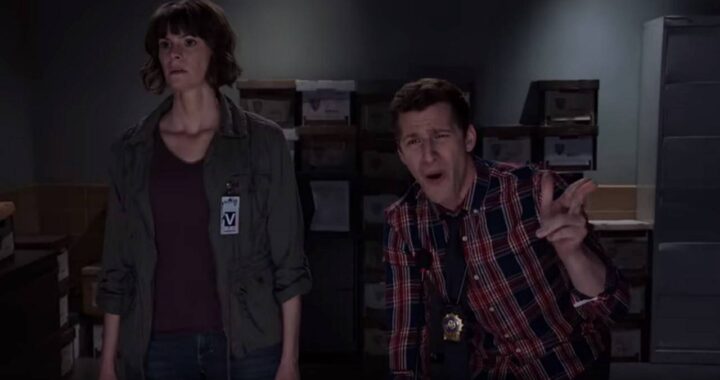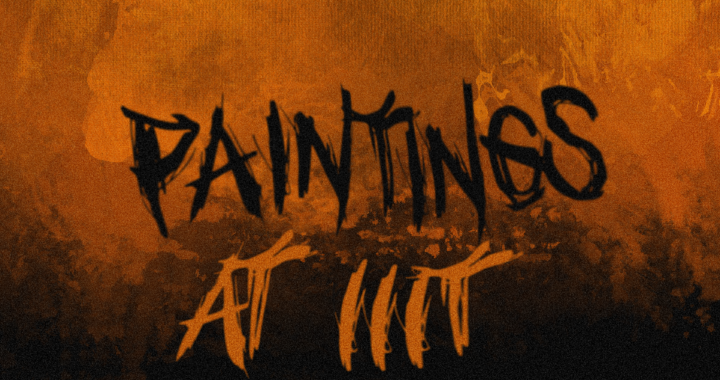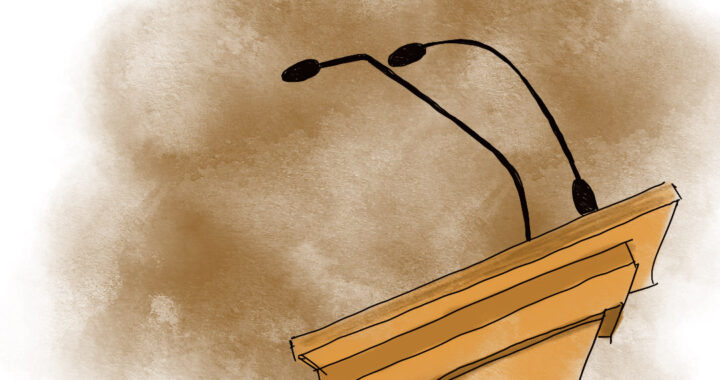Practical Guide to Moving on


Designed by Mallika Subramanian
The suddenness of the event shocked you – but now it’s done. You have had a heartbreak, it’s been a month. Any lingering doubts you nursed in the first week are gone – it is now certain as death that there is no romantic relationship down this path. Your crush has sternly warned against contacting them – and let there be no doubt, contacting them again is harassment. How do you now get closure ? I hope this article helps.
There are a multitude of responses that we may have to an unexpected rejection. For a while it is okay if we are unable to control anything about our thoughts – it happens to all of us at some point in our life. Every little thing reminds you of your beloved. You expect to see them wherever you go – the ghost of their presence haunts you. You turn around every time the lab door opens, you see their shape in people walking by at a distance. Then sadness kicks in.
It is at this point, when it becomes increasingly hard to get out of the bed every morning; that a well meaning interlocutor will notice, and advise us to lose ourself in work. As a temporary fix – it does work for most people, but it is akin to kicking the can down the road. A primal hurt not addressed turns neurotic, and in time manifests itself in the form of increasingly risky behaviour. A person may take to the bottle or pick up any manner of mind numbing addictions. Another person may experience sudden explosions of anger, may turn off-puttingly narcissistic, or become unable to ever be anything but outwardly and loudly cheerful. Inside tempest rage, self-doubt cripples and periods of hedonistic euphoria are followed by all consuming lethargy. If this is happening to you, intervene immediately.
First of all, we need to give space to our undirected sadness. Romantic rejection can seem like a repudiation of one’s self worth. While it can be rationally argued that your self-worth is independent of another person’s opinion, emotions are rarely moved by reason. Just as we celebrate to give shape to our happiness, we need to mourn to properly identify and legitimize our sadness – and end it. There is nothing like having appropriate friends to call upon when we mourn, but we must be brave enough to do it privately if need be. But mourn we must, we must make it a ceremony, something akin to a macabre birthday party.
In love we put the object of our admiration on a pedestal, in mourning, we must now remove them from it. We will need to interrogate our intention, not just to prove to ourselves that we are a loser, but also to give credit to our defiant vulnerability in the face of failure. We will have to remember the good in our upbringing that etched onto us the lofty ideals we expect of love, and also acknowledge the quiet biases that slipped in alongside. We need to give our parents more credit for how they affect our ideas of romantic love. We will have to see our inherent humanity, and the flaws that come with it in ourselves, but then also in the person opposite. Finally, we must carry out a symbolic act of loss, destroy a totem that represented this love or let out our anger on paper. A letter, a painting or like.
And then throw it away.
– D. G.

 A perspective on sports in IIIT
A perspective on sports in IIIT  From Country to Electronic Pop…
From Country to Electronic Pop…  The Healthiness of Depression
The Healthiness of Depression  Deep Impact
Deep Impact  BOOOONEE!
BOOOONEE!  Mental Health, or the Lack Thereof
Mental Health, or the Lack Thereof  Paintings of IIIT
Paintings of IIIT  The Tale of Jagruti
The Tale of Jagruti  Cleaning up the Mess?
Cleaning up the Mess?
1 thought on “Practical Guide to Moving on”
Comments are closed.